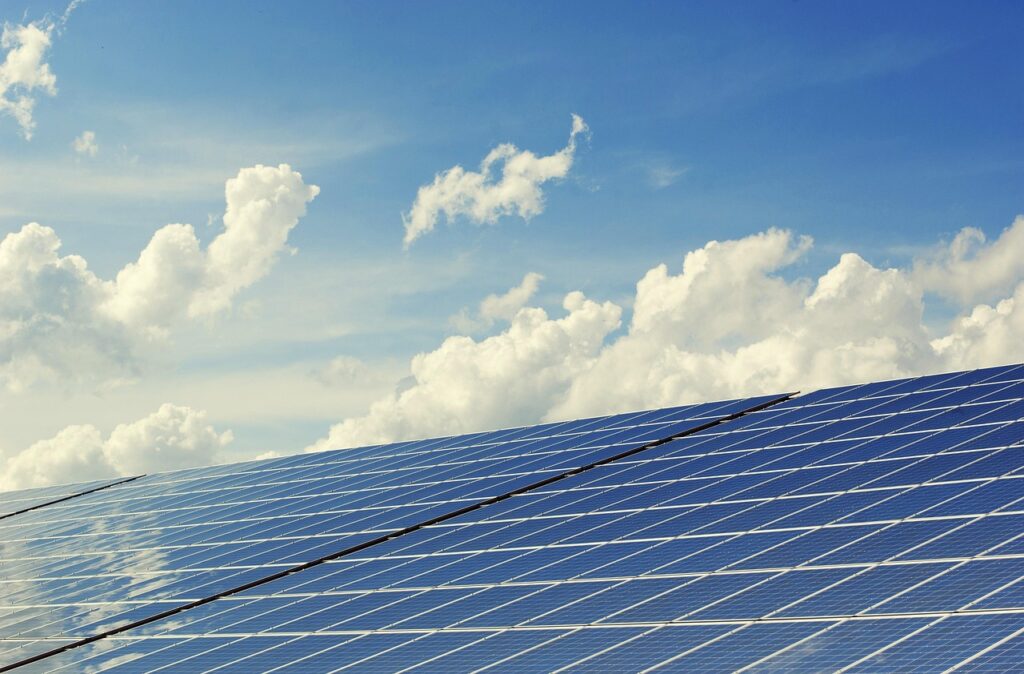European electricity networks registered over 8,600 instances of voltage limit breaches in 2024, representing a more than twentyfold increase from 2015 levels as solar deployment accelerates beyond grid absorption capacity.
This technical stress indicator, coupled with proliferating negative wholesale prices and curtailment requirements, signals a transition from capacity deployment constraints to system integration challenges across continental power markets.
The voltage violation data reflects physical grid limitations confronting rapid renewable additions. European solar installations grew substantially through 2024, yet the distribution network infrastructure—designed for centralized thermal generation—struggles to accommodate bidirectional power flows and localized generation spikes. Germany’s distribution system operators reported approximately 3,200 voltage violations in 2024 alone, concentrated in regions with high solar penetration including Bavaria and Baden-Württemberg where rooftop installations exceed 15 GW combined capacity.
Negative wholesale electricity prices, once exceptional occurrences, materialized with increasing frequency across European markets. German day-ahead prices turned negative during 301 hours in 2024, up from 146 hours in 2023 and fewer than 50 hours in 2020. Spanish and Italian markets exhibited similar patterns, with negative pricing episodes correlating directly to high solar irradiation periods combined with moderate demand. These price dynamics fundamentally challenge investment economics for all generation assets when wholesale revenues compress or invert during high renewable output periods.
BloombergNEF analysis indicates value deflation across renewable portfolios as market saturation effects materialize. Solar capture prices—the ratio of revenue per MWh for solar versus baseload power—declined below 70% in major European markets during 2024, down from approximately 90% in 2019. This metric quantifies the self-cannibalizing effect of concentrated solar generation during midday hours, when additional capacity contributes progressively less economic value despite unchanged LCOE calculations.
Curtailment requirements compound revenue erosion for renewable operators. European wind and solar assets faced curtailment orders totaling approximately 12 TWh in 2024, predominantly in Germany, Spain, and the United Kingdom. Grid operators issue curtailment instructions when transmission capacity constraints prevent power delivery or when system stability risks emerge from oversupply conditions. Curtailed generation represents sunk capital unable to recover investment costs, effectively increasing the real cost per delivered MWh beyond LCOE projections.
The European Commission’s recent claims regarding renewable cost competitiveness merit scrutiny against these integration realities. The October 2024 document “EU Global Climate and Energy Vision” cites 70% reductions in solar LCOE from 2015-2024 as evidence that “renewable electricity production is cheaper than that from fossil fuels.” However, LCOE methodology excludes system integration costs including grid reinforcement, storage deployment, backup capacity maintenance, and curtailment losses—factors that multiple OECD and IEA assessments identify as critical for meaningful cost comparisons.
System-level cost accounting presents substantially different economics than isolated LCOE figures. German electricity system costs, encompassing generation, networks, balancing, and capacity mechanisms, reached approximately €140 per MWh average for end consumers in 2024, despite solar LCOE declining to €40-50 per MWh for utility-scale installations. This divergence reflects the cumulative expense of integrating variable generation including approximately €15 billion in annual network expansion costs, €8 billion for balancing services, and capacity payment mechanisms totaling €3-4 billion to maintain dispatchable generation availability.
Grid infrastructure requirements scale non-linearly with renewable penetration levels. Network operators across Europe project €500-650 billion in transmission and distribution investments through 2040 to accommodate planned renewable capacity additions. Germany’s grid development plan identifies 14,000 kilometers of new or upgraded transmission lines required by 2037, with per-kilometer costs averaging €2-4 million for overhead lines and €8-15 million for underground cables in populated areas. These infrastructure investments, ultimately socialized through network charges, represent integration costs absent from LCOE comparisons.
The shift from capacity deployment to system absorption challenges appears across multiple European jurisdictions. Italy’s solar capacity reached 32 GW by mid-2024, yet distribution grid congestion limits output utilization during peak generation periods. Spanish solar installations exceeded 27 GW, confronting similar constraints as interconnection capacity to France and Portugal restricts export options during domestic oversupply. The Netherlands, despite limited solar resources, installed 7 GW of capacity by 2024, triggering voltage management challenges in rural distribution networks unprepared for distributed generation.
Stay updated on the latest in energy! Follow us on LinkedIn, Facebook, and X for real-time news and insights. Don’t miss out on exclusive interviews and webinars—subscribe to our YouTube channel today! Join our community and be part of the conversation shaping the future of energy.

